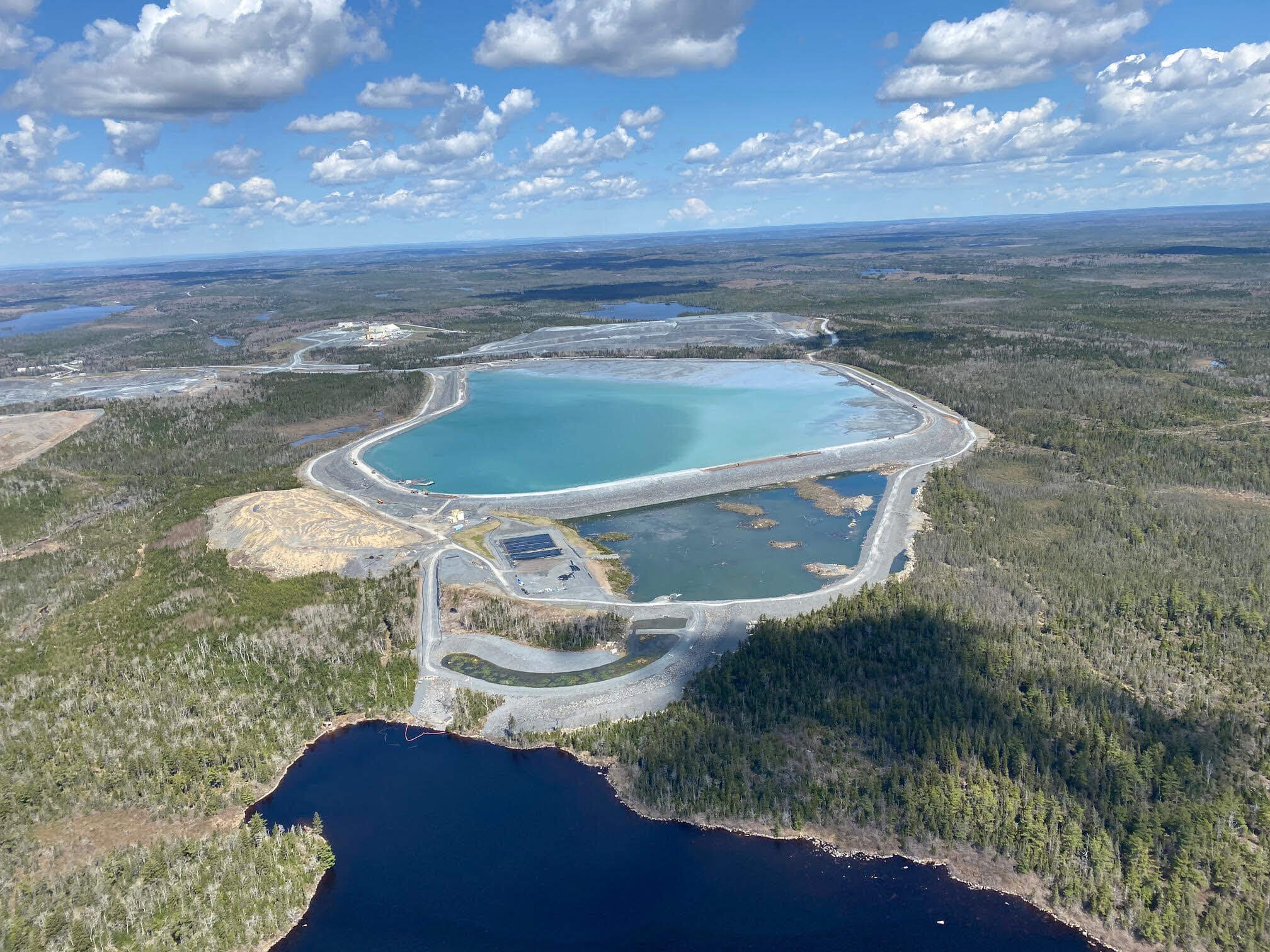
Risks of Gold Mining in Nova Scotia
The Nova Scotia Salmon Association is proud to invest in the long-term health of our rivers, wild Atlantic salmon and trout, and the ecosystems they depend on. Through decades of work restoring habitat, improving water quality, and stewarding sensitive watersheds, we’ve seen real progress. But that progress is now under threat.
Gold mining, particularly modern open-pit and chemical extraction methods, poses serious risks to water quality, aquatic life, and the communities downstream. These projects often involve the use of toxic substances like cyanide and arsenic, and generate large volumes of contaminated waste. In regions with high rainfall, fractured bedrock, and complex hydrology, like much of Nova Scotia, the potential for leaching, spills, and long-term contamination is significant.
We’re especially concerned about proposed or active gold mining activity in watersheds where the NSSA and our partners have spent years improving fish passage, stabilizing banks, restoring wetlands, and re-establishing healthy populations of salmon and trout. These aren’t just investments in fish, they’re investments in biodiversity, cultural heritage, recreational opportunities, and the long-term sustainability of our freshwater resources.
Nova Scotia’s salmon rivers are small and sensitive. Even minor changes in water chemistry can have major consequences for egg survival, juvenile development, and overall fish health. Gold mines, once permitted, leave a lasting legacy of pollution that’s nearly impossible to reverse.
We support responsible development that balances environmental protection with economic opportunity. But when industrial activity jeopardizes the very ecosystems we’re trying to save, we have a duty to speak up.
